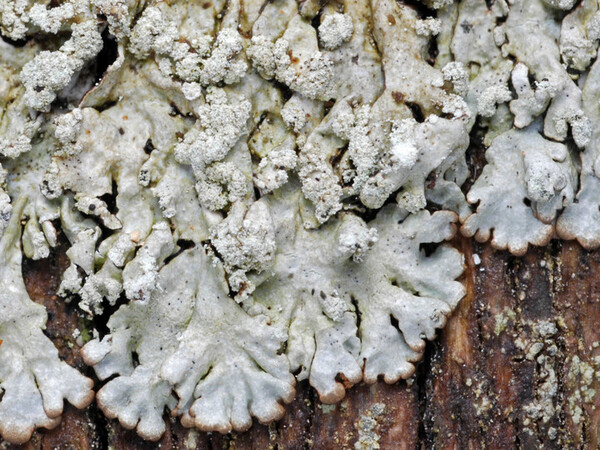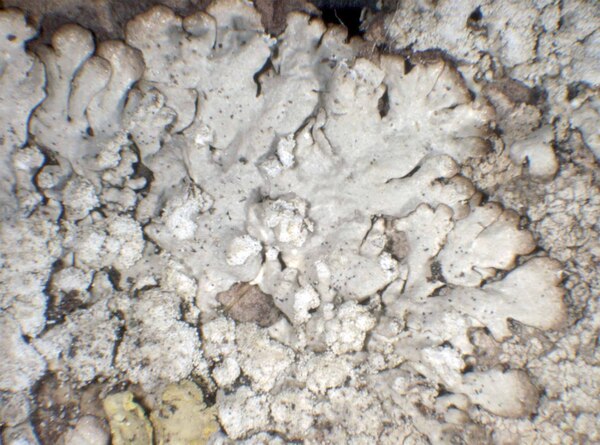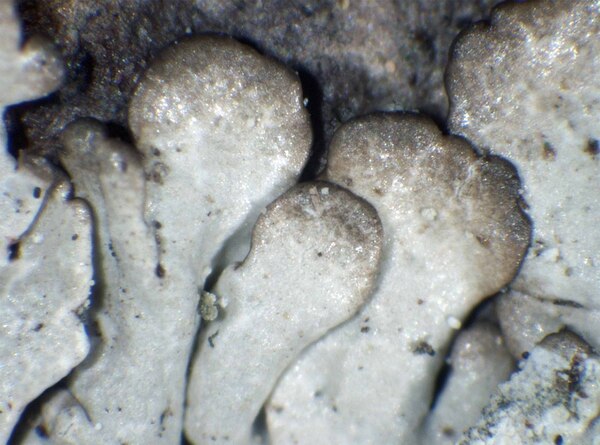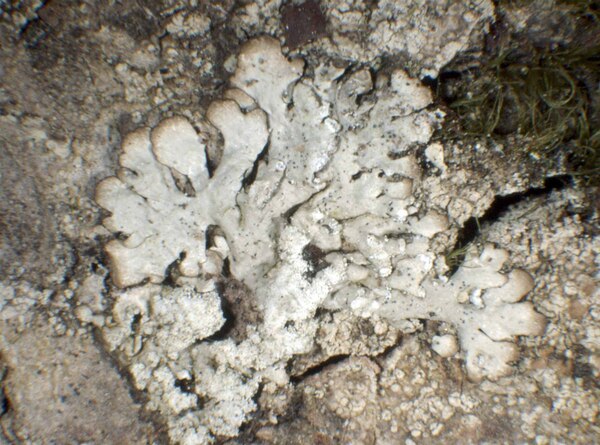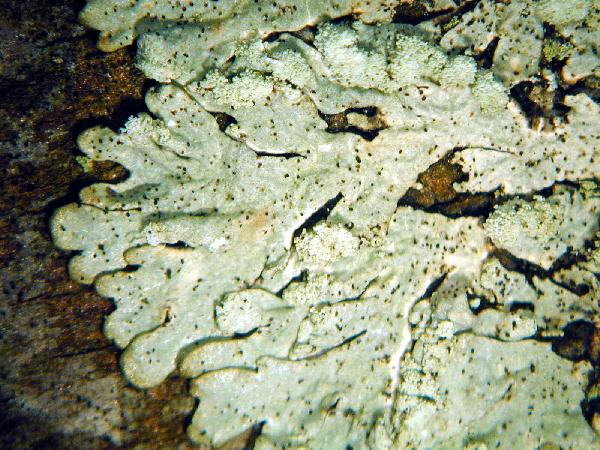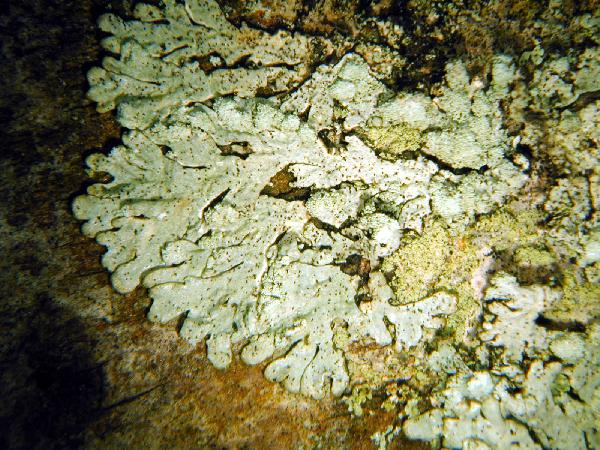Parmeliopsis hyperopta (Ach.) Arnold
Verh. zool.-bot. Ges. Wien, 30: 117, 1880. Basionym: Parmelia hyperopta Ach. - Syn. Meth. Lich.: 208, 1814.
Synonyms: Foraminella hyperopta (Ach.) S.L.F. Mey.; Imbricaria ambigua var. albescens (Wahlenb.) Fr.; Imbricaria hyperopta (Ach.) Körb.; Parmelia ambigua var. albescens (Wahlenb.) Schaer.; Parmelia diffusa var. albescens (Wahlenb.) Rabenh.; Parmelia diffusa var. leucochroa Wallr.
Description: Thallus foliose, heteromerous, dorsiventral, very closely attached, forming up to 3(-7) cm wide, orbicular, regular rosettes that often coalesce to cover much wider surfaces. Lobes radiating, contiguous, flat, 0.3-0.8(-1.5) mm wide, sublinear, irregularly dichotomously branched. Upper surface whitish to grey, often pale brown at margins and lobe tips, dull or slightly shiny at lobe tips, smooth, with powdery, white to blue-grey soredia arranged in well-delimited, circular, laminal to subterminal soralia which sometimes coalesce into a continuously sorediate crust. Lower surface gradually darkening from a narrow brown zone at margins to dark brown or black in the center, with sparse, usually simple rhizines. Upper cortex of tightly packed, anticlinally oriented hyphae, with a pored epicortex, the cell walls with isolichenan; medulla white; algal layer continuous; lower cortex of hyphae running parallel to the surface. Apothecia very rare, lecanorine, 1-2 mm across, with a brown disc and a sorediate thalline margin. Epithecium brownish; hymenium and hypothecium colourless. Asci 8-spored, clavate, Lecanora-type. Ascospores 1-celled, hyaline, narrowly ellipsoid, 8-15 x (1.5-)2-4(-5) µm. Pycnidia rare, with richly branched, Psora-type conidiophores. Conidia thread-like, falcate, 16-25(-30) x 0.5-1 µm. Photobiont chlorococcoid. Spot tests: upper cortex K+ yellow, C-, KC-, P- or P+ faintly yellow; medulla K-, KC-, C-, P-, UV+ white. Chemistry: upper cortex with atranorin and chloroatranorin; medulla with divaricatic acid.
Growth form: Foliose, narrow lobed
Substrata: bark
Photobiont: green algae other than Trentepohlia
Reproductive strategy: mainly asexual, by soredia, or soredia-like structures (e.g. blastidia)
Commonnes-rarity: (info)
Alpine belt: absent
Subalpine belt: very common
Montane belt: rare
Dry submediterranean belt: extremely rare
Humid submediterranean belt: extremely rare
Padanian area: absent
pH of the substrata:
1 2 3 4 5
Solar irradiation:
1 2 3 4 5
Aridity:
1 2 3 4 5
Eutrophication:
1 2 3 4 5
Poleotolerance:
0 1 2 3
Altitudinal distribution:
1 2 3 4 5 6
Rarity
absent
extremely rare
very rare
rare
rather rare
rather common
common
very common
extremely common
Loading data...
Occurrence data
Predictive map
 Current prediction (1981-2010)
Current prediction (1981-2010) Future prediction (2071-2100) SSP 1-2.6
Future prediction (2071-2100) SSP 1-2.6 Future prediction (2071-2100) SSP 5-8.5Predictive maps according to Francesconi et al. 2025
Future prediction (2071-2100) SSP 5-8.5Predictive maps according to Francesconi et al. 2025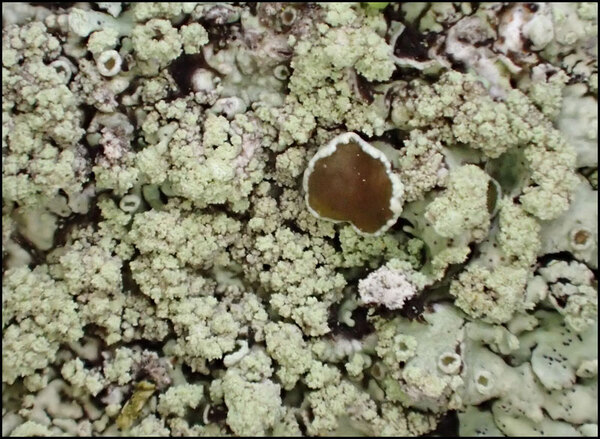
Courtesy Danièle et Olivier Gonnet - Source: https://www.afl-lichenologie.fr/Photos_AFL/Photos_AFL_P/Text_P_2/Parmeliopsis_hyperopta.htm
France, 23/8/2015 - Chamonix - Haute-Savoie
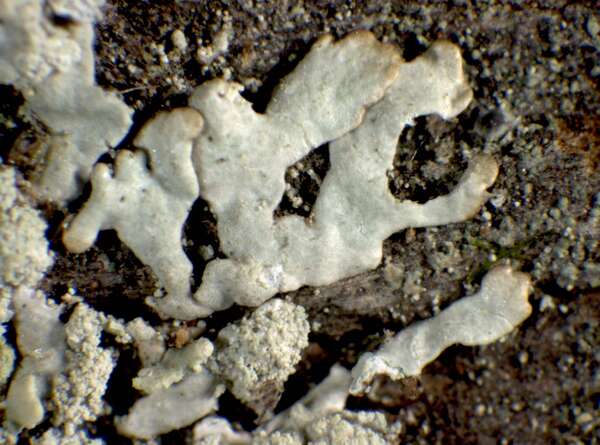
P.L. Nimis; Owner: Department of Life Sciences, University of Trieste
Herbarium: TSB (33237)
2001/12/10
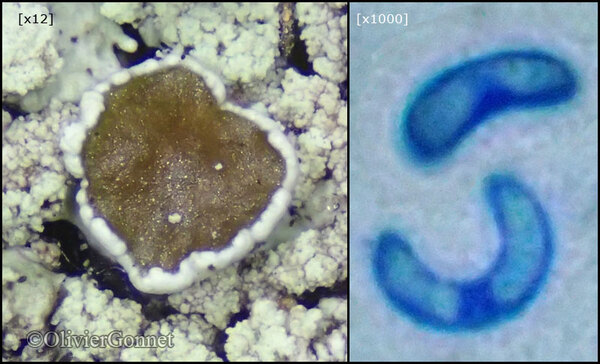
Courtesy Danièle et Olivier Gonnet - Source: https://www.afl-lichenologie.fr/Photos_AFL/Photos_AFL_P/Text_P_2/Parmeliopsis_hyperopta.htm
France, 23/8/2015 - Chamonix - Haute-Savoie
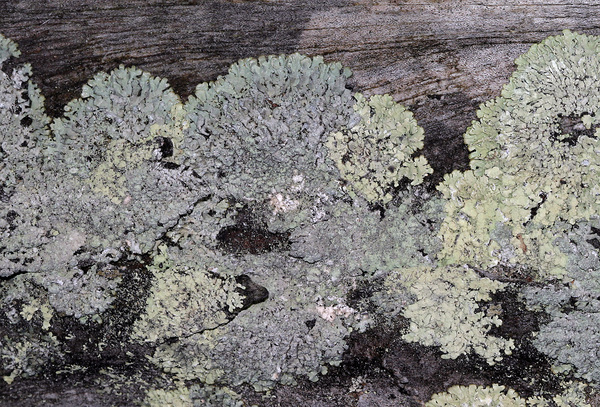
Walter Obermayer CC BY-SA 4.0 - Source: Lichens of Noricum - http://lichens-of-noricum.uni-graz.at/
with P.ambigua
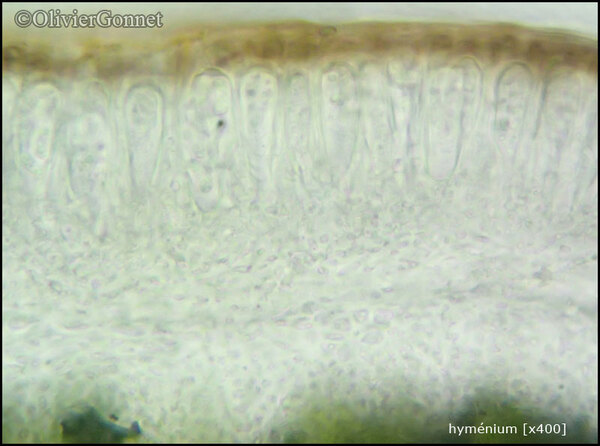
Courtesy Danièle et Olivier Gonnet - Source: https://www.afl-lichenologie.fr/Photos_AFL/Photos_AFL_P/Text_P_2/Parmeliopsis_hyperopta.htm
France, 23/8/2015 - Chamonix - Haute-Savoie
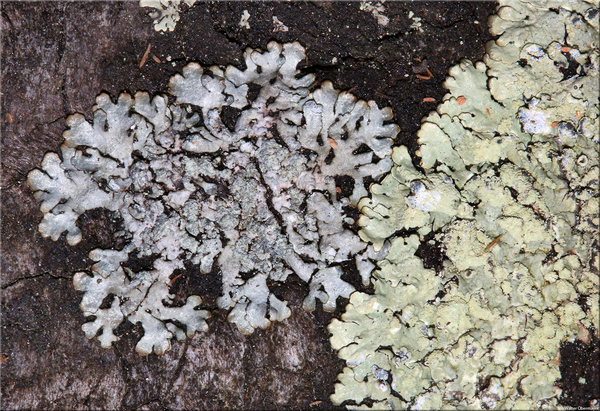
Walter Obermayer CC BY-SA 4.0 - Source: Lichens of Noricum - http://lichens-of-noricum.uni-graz.at/
with P.ambigua (right)
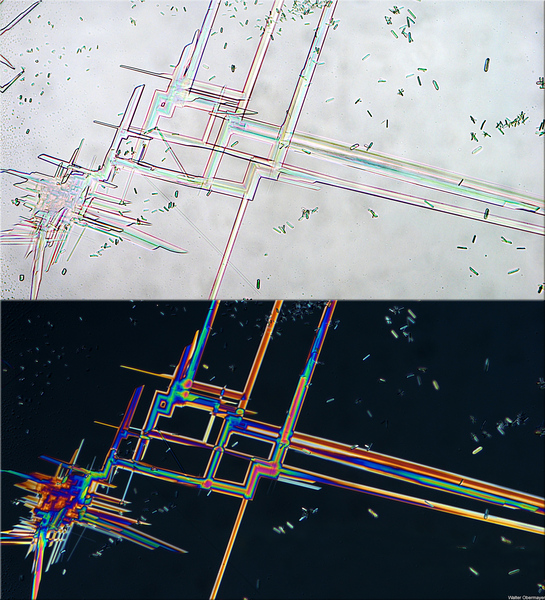
Walter Obermayer CC BY-SA 4.0 - Source: Lichens of Noricum - http://lichens-of-noricum.uni-graz.at/
Parmeliopsis hyperopta enthält im Mark Divarikatsäure (große Zickfack-Kristalle) und in der Rinde Atranorin (kleine, kurze Stäbchen-Kristalle);
aufgenommen mit Differential-Interferenzkontrast (oben) bzw. nur mit Polarisationslicht (unten):
Growth form: Foliose, narrow lobed
Substrata: bark
Photobiont: green algae other than Trentepohlia
Reproductive strategy: mainly asexual, by soredia, or soredia-like structures (e.g. blastidia)
Commonnes-rarity: (info)
Alpine belt: absent
Subalpine belt: very common
Montane belt: rare
Dry submediterranean belt: extremely rare
Humid submediterranean belt: extremely rare
Padanian area: absent
pH of the substrata:
| 1 | 2 | 3 | 4 | 5 |
Solar irradiation:
| 1 | 2 | 3 | 4 | 5 |
Aridity:
| 1 | 2 | 3 | 4 | 5 |
Eutrophication:
| 1 | 2 | 3 | 4 | 5 |
Poleotolerance:
| 0 | 1 | 2 | 3 |
Altitudinal distribution:
| 1 | 2 | 3 | 4 | 5 | 6 |
Rarity
absent
extremely rare
very rare
rare
rather rare
rather common
common
very common
extremely common
Loading data...
Occurrence data
Predictive map
 Current prediction (1981-2010)
Current prediction (1981-2010) Future prediction (2071-2100) SSP 1-2.6
Future prediction (2071-2100) SSP 1-2.6 Future prediction (2071-2100) SSP 5-8.5
Future prediction (2071-2100) SSP 5-8.5Predictive maps according to Francesconi et al. 2025

Courtesy Danièle et Olivier Gonnet - Source: https://www.afl-lichenologie.fr/Photos_AFL/Photos_AFL_P/Text_P_2/Parmeliopsis_hyperopta.htm
France, 23/8/2015 - Chamonix - Haute-Savoie

P.L. Nimis; Owner: Department of Life Sciences, University of Trieste
Herbarium: TSB (33237)
2001/12/10

Courtesy Danièle et Olivier Gonnet - Source: https://www.afl-lichenologie.fr/Photos_AFL/Photos_AFL_P/Text_P_2/Parmeliopsis_hyperopta.htm
France, 23/8/2015 - Chamonix - Haute-Savoie

Walter Obermayer CC BY-SA 4.0 - Source: Lichens of Noricum - http://lichens-of-noricum.uni-graz.at/
with P.ambigua

Courtesy Danièle et Olivier Gonnet - Source: https://www.afl-lichenologie.fr/Photos_AFL/Photos_AFL_P/Text_P_2/Parmeliopsis_hyperopta.htm
France, 23/8/2015 - Chamonix - Haute-Savoie

Walter Obermayer CC BY-SA 4.0 - Source: Lichens of Noricum - http://lichens-of-noricum.uni-graz.at/
with P.ambigua (right)



